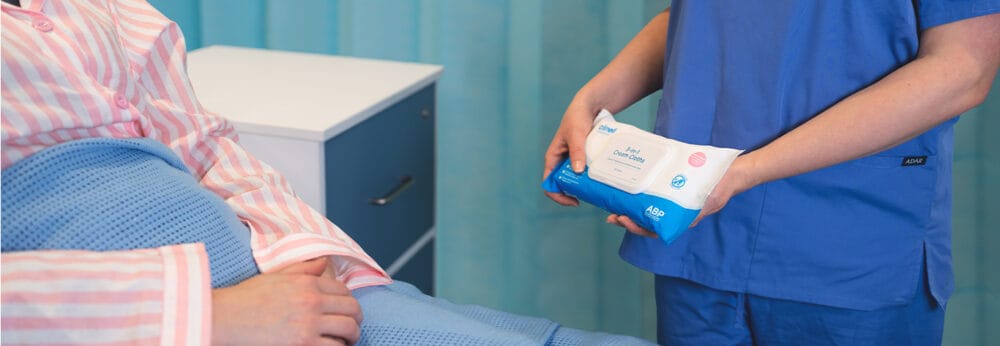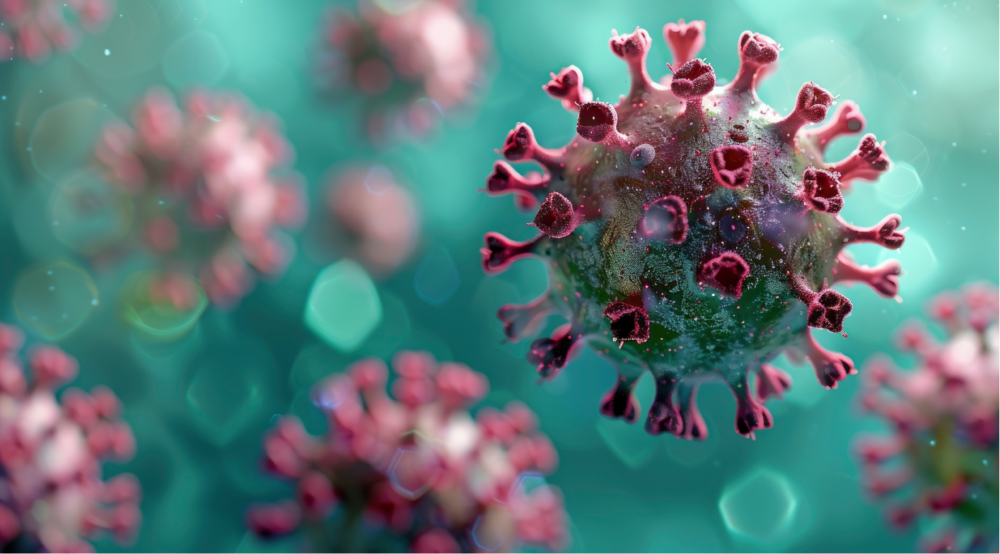Posted
7th November 2017
Research
Candida auris is an important emerging pathogen, which caused a large outbreak in a London hospital and has been reported from around the world. It shows a high level of resistance to antibiotics and appears to spread rapidly in hospitals. A new study evaluates the efficacy of various antiseptics and disinfectants that could support the prevention and control of C. auris.
The authors evaluates the efficacy of two commonly used disinfectants (chlorine and hydrogen peroxide vapour) and antiseptics (chlorhexidine gluconate and povidone iodine) against 34 Candida species, including 28 C. auris isolates. HPV was tested in the gas phase, whereas two chlorine-based products and the antiseptics (chlorhexidine gluconate and povidone iodine) were tested in the liquid phase, to represent the uses of these disinfectants / antiseptics in practice. Also, a novel methodology was used to test the efficacy of two brands of pre-impregnated 2% chlorhexidine gluconate washcloths (including the Clinell Wash Cloths). These were tested by adding a cut piece of the wash cloths onto the surface of an agar plate and performing measuring the diameter of the zone of clearing.
Gas phase HPV inactivated most of the C. auris isolates tested, and was considered to be 96.6%-100% effective. This suggests that longer HPV exposure may be necessary to fully inactive C. auris. All Candida species were inactivated fully by in-use concentrations of the disinfectants and antiseptics tested. In the experimental procedure to test the antimicrobial activity of the pre-impregnated wash cloths, the C. auris isolates tested appeared to be less susceptible than the non-C. auris isolates tested, suggesting that C. auris is less susceptible to chlorhexidine than non-C. auris isolates, as seems to be the case for most other disinfectants and antiseptics. Both types of pre-impregnated wash cloths performed similarly.
These results suggest that antiseptics such as chlorhexidine gluconate and povidone iodine, and disinfectants such as chlorine and hydrogen peroxide vapour are suitable for preventing the transmission of C. auris, and that current in-use concentrations are adequate.
SHARE THIS ARTICLE
Tags
Latest News
Advancing Continence Care with Clinell Contiplan: Expanded Indications, Pathways and Proven Outcomes
This World Continence Week, Clinell Contiplan 3-in-1 Cream Cloths introduce…
Celebrating 20 Years of GAMA Healthcare: Our Story
This month, GAMA Healthcare celebrates 20 years of helping prevent…
Norovirus and gastroenteritis outbreaks, the party ‘pooper’ you don’t want invited!
Recently, on 11 October 2024, NSW Health issued a health…
Clean Between to Reduce Healthcare-Associated Infections
Healthcare-associated infections (HAIs) are a significant concern for healthcare facilities…



